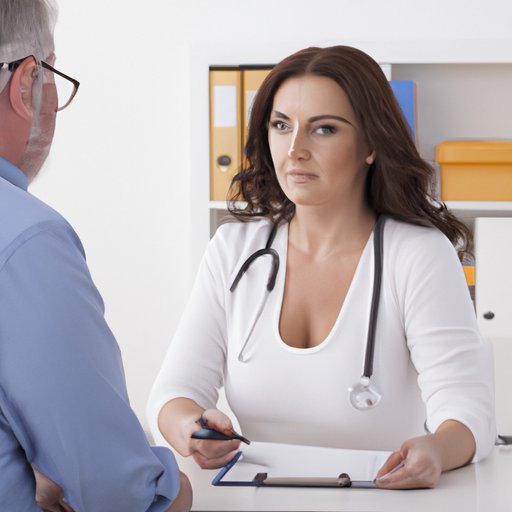
Introduction
Cuts and scrapes are common injuries that most people have experienced in their lives. However, failing to recognize and treat an infection from a cut can lead to more severe consequences, including the risk of blood poisoning. Therefore, it is essential to learn how to identify the signs and symptoms of an infected cut, how to prevent and treat it, and when to seek professional medical attention if necessary. In this article, we will provide a comprehensive guide on how to recognize and treat an infected cut properly.
Signs and Symptoms of an Infected Cut
Infected cuts can cause a range of symptoms, which may indicate that the wound is not healing correctly. Some of the common symptoms of an infected cut are redness, swelling, warmth, and pain. If left untreated, these symptoms may worsen over time and develop into a more severe infection. Some severe symptoms that may require immediate medical attention include fever, chills, severe pain, and swelling that spreads beyond the initial injury site.
Steps to Prevent Infection
Preventing an infection from a cut is naturally the best way to avoid complications. To do this, it is necessary to clean the wound thoroughly with soap and water, apply antibiotic ointment, and cover it with a clean bandage. It is important to follow these steps comprehensively and consistently, especially if you have underlying health conditions that could lead to complications.
The Difference Between a Healing Cut and an Infected One
Having a cut does not necessarily mean that it is infected, and most cuts are not life-threatening or critical. Therefore, it is crucial to understand the difference between a healing cut and an infected cut to know when to seek medical help. A healing cut will naturally show signs of improvement, whereas an infected one will have signs like pus or discharge, worsening pain, and fever or chills. By recognizing these signs, it is possible to treat the cut effectively and prevent further complications.
First Aid for Infected Cuts
If you notice signs of an infected cut, there are first aid treatments that you can apply before seeking medical attention. These may include applying a warm compress to the wound, taking over-the-counter painkillers, and keeping the cut clean and covered. However, it is crucial to understand when to seek professional medical help, depending on the severity of the symptoms and the wound.
The Role of Bacteria in Infections
Infections from a cut are caused by bacteria that enter your body through the wound and spread throughout the tissue. Some bacteria, such as Staphylococcus and Streptococcus, are commonly found on the skin and can cause infections without a cut. Other bacteria, like Clostridium tetani, can cause serious and life-threatening infections like tetanus. By understanding the different types of bacteria and how they cause infections, it is possible to prevent and treat infections most effectively.

When to See a Doctor
If the symptoms of your cut increase in severity or are not improving, it is crucial to seek professional medical attention. Deep cuts that are bleeding heavily or showing severe infection signs, such as pus and red lines that radiate from the wound, require immediate medical intervention. Such medical attention can help prevent complications and ensure a fast recovery.
Coping with Infected Cuts
Infected cuts require proper care and attention to facilitate healing and minimize complications. Keeping the cut clean and protected, managing pain, and preventing infection from spreading are some of the measures that can help. Professional medical help may be necessary, depending on the severity of the infection.
Conclusion
Infected cuts can be painful and life-threatening. However, by knowing how to recognize and treat them properly, it is possible to prevent complications and ensure quick healing. Remember, prevention is the best approach to avoid the infections, and it is necessary to seek professional medical help when the symptoms become severe.





